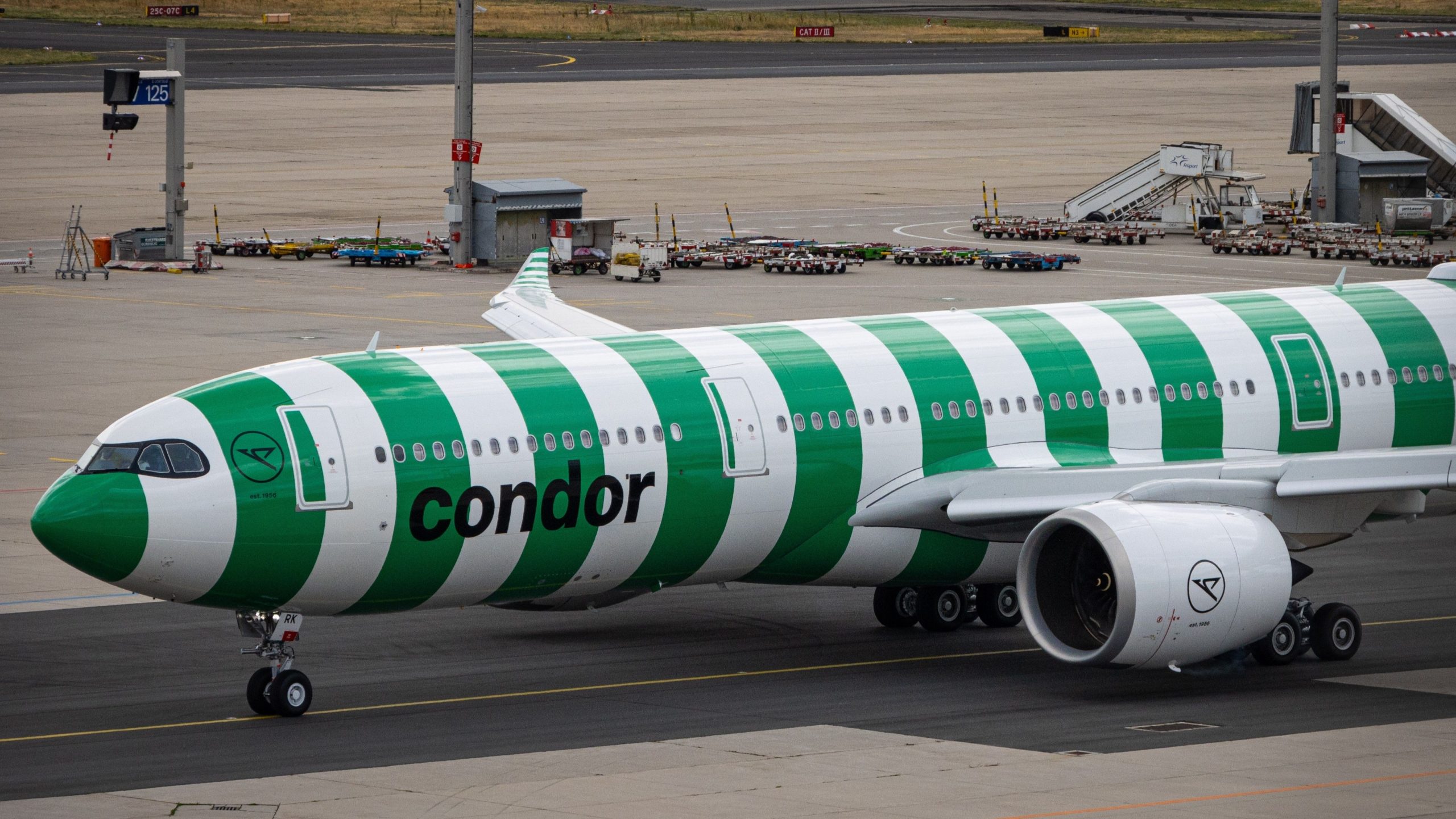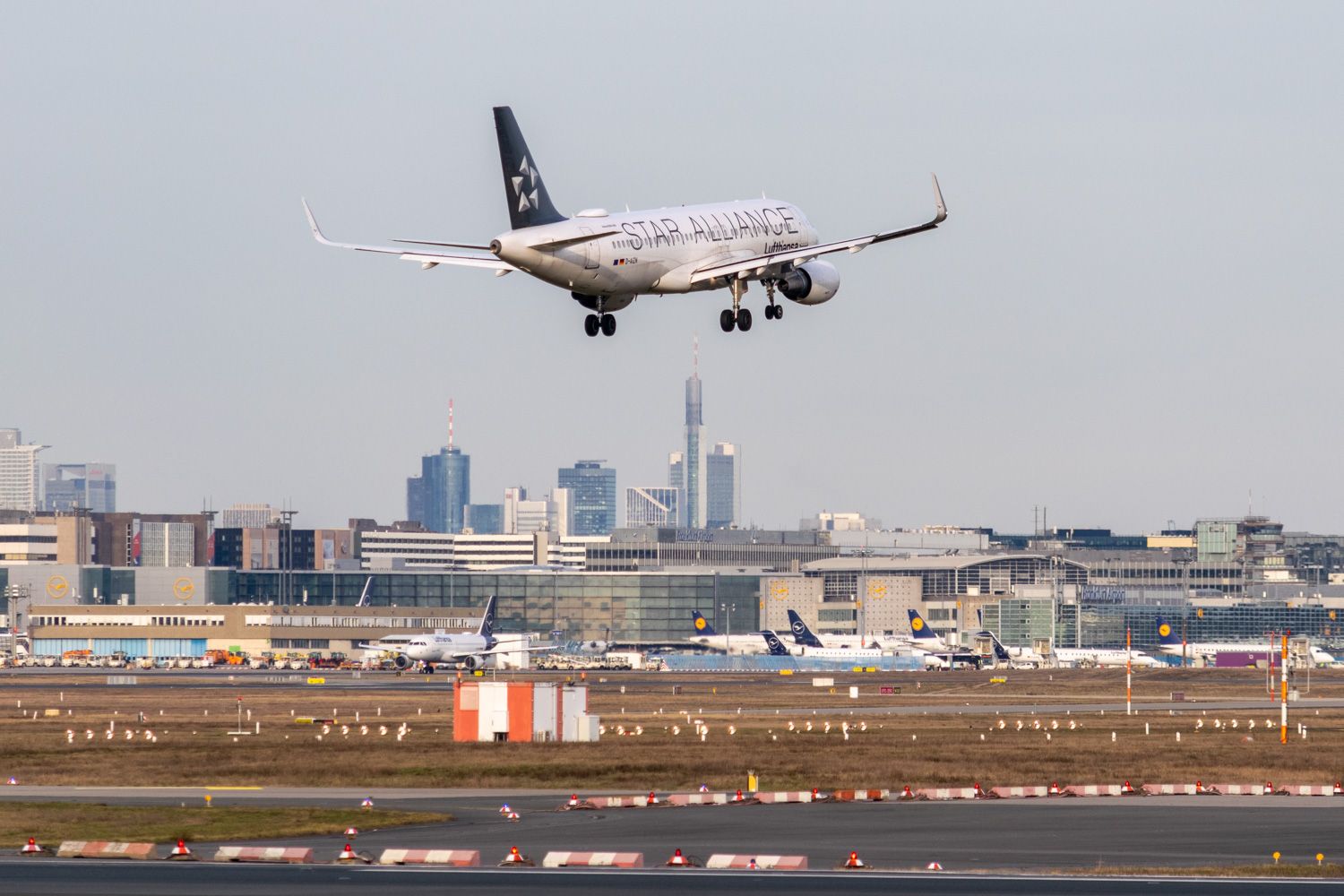Summary
- Condor’s newest Airbus A330neo, D-ANRB, has been grounded for repairs after it was damaged by a loading vehicle at Frankfurt Airport.
- No passengers were onboard during the incident, and no injuries were reported among the crew.
- Ground-based incidents at airports cause billions of dollars in damages annually, prompting calls for increased investment in anti-collision technology for ground support equipment.
One of Condor’s new Airbus A330neos has been pulled for service for repairs after being damaged by a loading vehicle at Frankfurt Airport (FRA) on Wednesday.
Incident details
Having joined the carrier’s fleet earlier this month, D-ANRB will head to maintenance following a ground incident, which saw an airport high-loading vehicle tear a hole in its fuselage while parked at the gate. The damage is reported by aeroTELEGRAPH as above the aircraft’s sensors, close to the cargo door. Images shared on social media displayed the sizable gash on the aircraft’s fuselage. Frankfurt Airport has cited a technical defect as the most likely cause.
It is unclear how long the aircraft will remain out of service, with it remaining on the ground at Frankfurt Airport for an examination. In a statement shared with Simple Flying, a spokesperson for the carrier explained,
“We can confirm that there was an incident with the Condor A330neo D-ANRB aircraft at Frankfurt Airport caused by an airport vehicle on Wednesday morning… The damage at the aircraft is now being thoroughly inspected and technically examined on site by experts. Condor is working closely with all relevant authorities and other parties involved. Further investigations are currently ongoing.”
No passengers were onboard the aircraft at the time of the incident, and no injuries were recorded among the crew.
Investing in new equipment
This week’s incident is not the first time a ground vehicle has collided with an aircraft at Frankfurt Airport this year. In April, a Lufthansa Airbus A340 (D-AIGP) required minor maintenance after a catering truck became stuck under one of the jet’s right-hand engines. The vehicle was severely damaged, rolling onto its side on the apron area, though no injuries were reported.
Another Lufthansa aircraft experienced a similar incident in 2019. The Airbus A319 (D-AILR) was written off when a towed staircase collided with its tail, damaging its APU. Two cabin crew members and a ground employee were injured in the incident.
According to research by the International Air Transport Association (IATA), around $5 billion in damages are caused by ground-based incidents each year, with the figure predicted to balloon over the next 15 years to $9.7 billion. Within its study to uncover the cause of similar incidents, the IATA revealed that widebody aircraft were up to ten times more likely to be damaged in ground incidents; however, narrowbody jets and turboprops had a 30% higher chance of severe damage. Most incidents were found to be caused by ground support equipment (GSE), with belt and cargo loaders, passenger stairs, and jet bridges accounting for 40% of all recorded damage.
In December 2022, the IATA called on the aviation industry to invest in more anti-collision technology for GSE at airports to limit damages, with senior VP of operations Nick Careen describing the shift as a “no-brainer” for airports and airlines. As reported by AIN, Careen noted,
“We have proven technology that can improve safety. And with the cost of ground damage growing across the industry, there is a clear business case supporting early adoption.”
What are your thoughts on the recent incident at Frankfurt Airport? Let us know in the comments.
Sources: AeroTELEGRAPH, Aerotime, AirLive (1) (2), AIN


